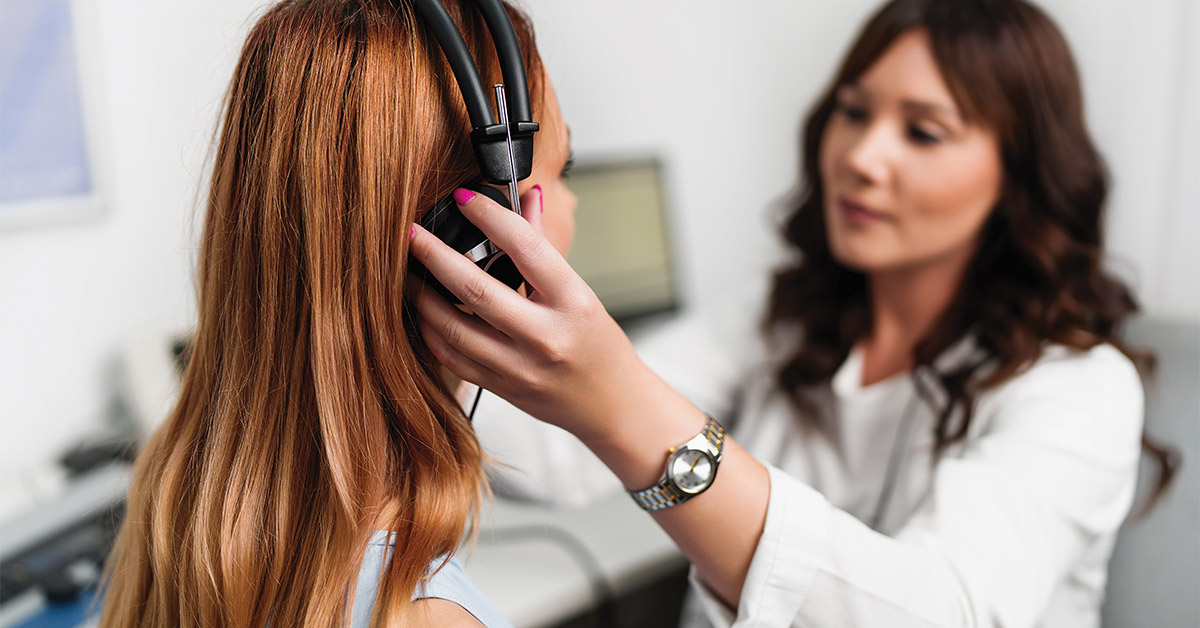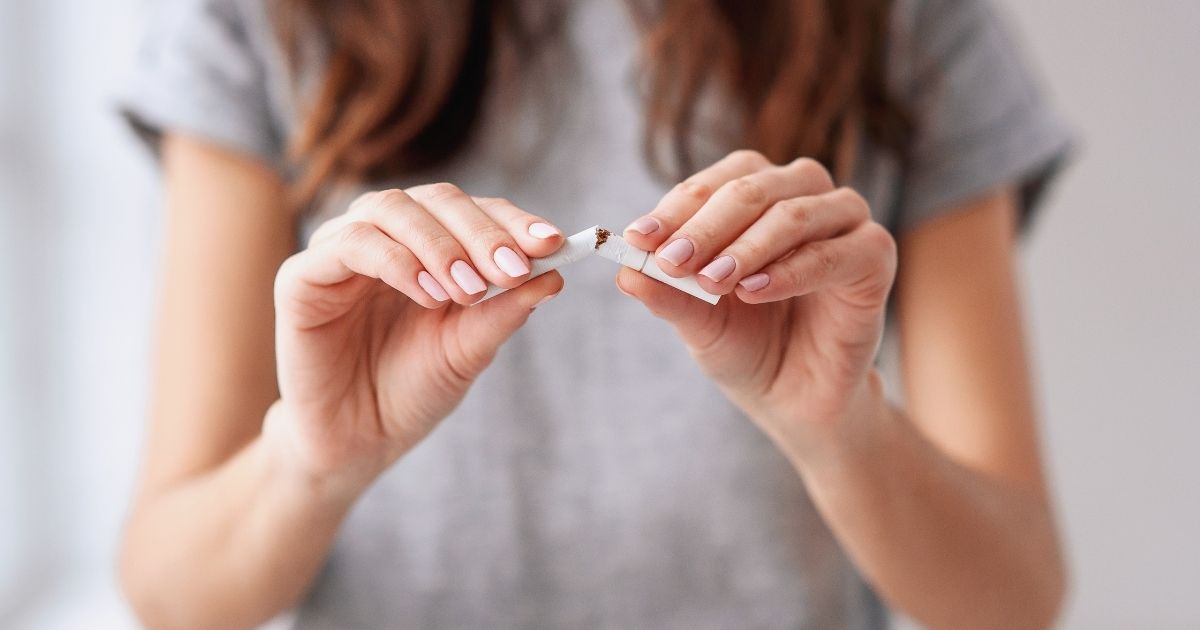Did you know? Hearing loss affects 23% of Americans aged 12 years or older. And, research finds that varying degrees of hearing loss can increase an adult's risk of developing dementia by 37%.
Thankfully, the use of hearing aids for those who need them can lessen that risk greatly. Knowing what's at stake, it's critical to protect your hearing and seek treatment. Keep reading as we explore advancements in hearing protection, warning signs you should get checked, and more.
According to Brittany Daniel, Au.D., an Audiologist at Kaczmarski Hearing Services, hearing loss has potential causes ranging from earwax impaction and fluid in the middle ear, to aging, noise exposure, genetic factors, head trauma and more. But while the factors causing hearing loss and its diagnosis type can vary, Daniel stressed the importance of hearing protection for everyone, whether it's foam earplugs, earmuffs, or custom-fit devices.
"When attending loud events such as concerts or fireworks, or when using loud equipment such as chainsaws or power tools, it's essential to wear hearing protection," she said, noting tips to determine when an environment may be too loud. "These include raising your voice to be heard, not being able to hear or understand someone who is three feet away from you, or after leaving the noisy environment, noticing speech sounding muffled or dull, or experiencing pain or ringing in the ears."
Daniel suggested looking for the noise reduction rating (NRR) when choosing hearing protection, as this indicates the decibels the device can reduce.
"One development I'm really excited about is custom hearing protection that allows for normal conversation while actively responding to sudden loud noises," she said. "This type of active hearing protection is especially useful in environments where both awareness and safety are critical. I'm also excited every time new generations of hearing aids are released. With advancements, there's opportunity for better sound quality and improved physical design and technology—all of which can lend itself to a better quality of life for our patients."
Because hearing loss often happens gradually, how do you know if that's what you're experiencing? Daniel shared some key signs to watch for include:
- Others frequently comment that your TV or music is too loud.
- Difficulty understanding speech in noisy environments.
- Straining to follow conversations or needing frequent repetition.
- Feeling like people are mumbling or not speaking clearly.
- Hearing someone speaking but struggling to understand their words.
- Ringing and/or a feeling of fullness in the ears.
"I like to ask more subtle questions: 'Can you hear your car's turn signal?' 'Do you still notice birds chirping outside?' These everyday sounds can fade gradually and go unnoticed, but if you realize you're missing them, it may be time for a hearing test," Daniel said. "A baseline hearing test is a valuable tool, as it allows an audiologist to monitor any changes over time and take appropriate action if hearing loss develops."
While all ages are at risk for hearing loss, younger individuals have become a topic of concern.
"The World Health Organization estimates over 1 billion young adults are at risk of hearing loss due to unsafe listening practices," Daniel shared. "One factor to look at is the use of headphones and ear buds. When using these devices, volume and duration need to be considered. Listening at high volumes for extended periods can lead to permanent hearing damage."
Noise-cancelling headphones allow for audio listening at lower, safer volumes. However, it's important to note they're not a replacement for hearing protection and should be used mindfully to avoid safety risks in one's surroundings.
Ultimately, Daniel emphasized that hearing loss can be difficult and emotionally overwhelming, as it often also affects one's communication, relationships, and overall quality of life.
"If someone is struggling to hear, feeling fatigued from the effort of listening, or simply noticing changes, I encourage them to talk to an audiologist. There are treatment options available and solutions that can be custom tailored to an individual's needs and lifestyle."
ADDITIONAL FACTS TO KNOW
- The National Institute on Deafness and Other Communication Disorders estimates about 28.8 million U.S. adults could benefit from hearing aids.
- According to the National Institute for Occupational Safety and Health, noise levels at or above 85 dBA can be harmful to your hearing over time (Ford Field reached 133.6 dB during a Detroit Lions game last season).
- If you experience an abrupt change in hearing, like waking up one morning and not being able to hear on the telephone, Daniel recommends visiting a medical doctor immediately.
Written by Sarah Suydam, Managing Editor for West Michigan Woman.
This article originally appeared in the Aug/Sept '25 issue of West Michigan Woman.




